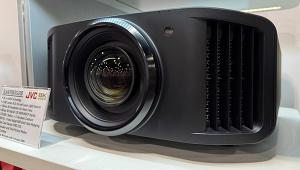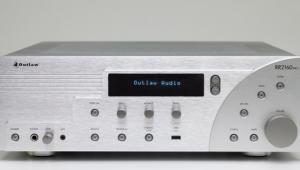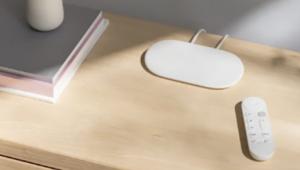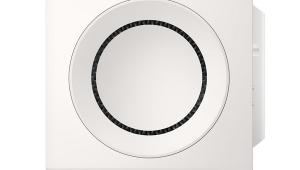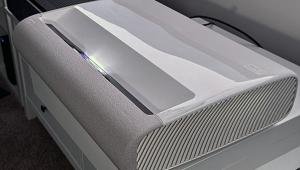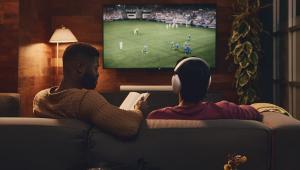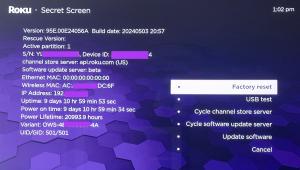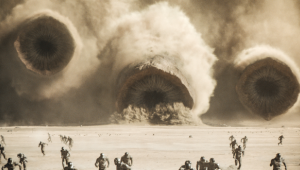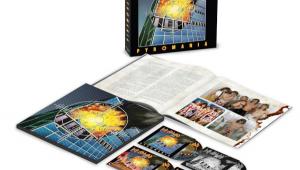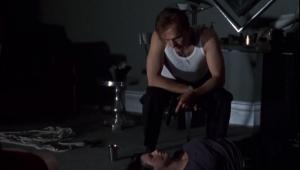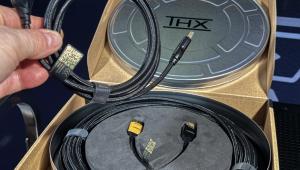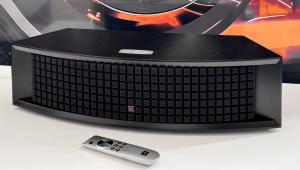Samsung UN46B8500 46-Inch LCD HDTV Page 3
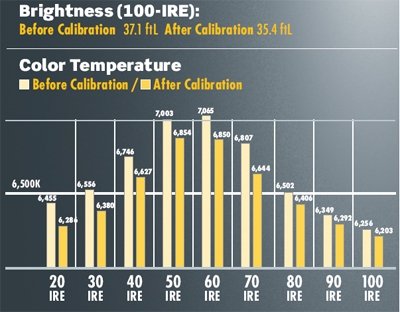
TEST BENCH
Primary Color Point Accuracy vs. SMPTE HD Standard
| Color | Target X | Measured X | Target Y | Measured Y |
| Red | 0.64 | 0.64 | 0.33 | 0.33 |
| Green | 0.30 | 0.30 | 0.60 | 0.60 |
| Blue | 0.15 | 0.16 | 0.06 | 0.06 |
Pre-calibration measurements were made right out of the box, with no adjustments other than selecting the Samsung UN46B8500's Movie picture mode and Warm 2 color temperature preset. At those settings, grayscale tracking measured +/- 565 K of the 6,500-K standard from 20 to 100 IRE - a below-average showing. Adjustments made in the Advanced Settings' White Balance menu helped to even out a blue-ish bias at the midrange of its grayscale, though somewhat at the expense of accuracy at both the high and low ends.
The TV's color decoding was dead-on, showing no errors on the red, green, or blue channels. Likewise, measurements revealed that both its primary and secondary color points pretty much perfectly tracked the SMPTE HD color specification. Gamma at the 0 default setting was 2.3 - very close to the 2.2 target.
Overscan - the amount of picture area hidden behind the edges of the TV's screen - measured 0% for high-definition signals with the Screen Fit mode selected and 4% when 16:9 was active. The TV displayed 1080i- and 720p format test patterns at full resolution. A 480i (DVD) resolution pattern looked soft via the component-video input, displaying only around 400 lines. The same result could be seen with1080i-format ones via that connection, which also looked markedly softer than similar-resolution HDMI test patterns. With its blur-reduction mode active, the UN46B8500 delivered approximately 950 lines on motion resolution tests - an excellent result.
Screen uniformity was excellent: No sign of uneven backlighting or tinting could be seen on test patterns or black-and-white movies. Picture contrast held up to about 15º off from the center axis (about one seat shifted over from the middle of my sofa). At a 30º angle and beyond, however, contrast faded and the image started to appear washed out. Screen glare wasn't an issue with the room lights turned on; only with very dark movie and TV images did I even notice any reflections from room lights.
Video processing and upconversion was also very good despite a few test-pattern hitches. The Samsung failed the HQV disc's Film Resolution test (a moving pattern designed to evaluate deinterlacing of film-based 1080i-format programs), although I didn't notice any problems on movie scenes that I regularly use to double-check this performance parameter. Otherwise, it passed the rest of the tests on this and other Blu-ray Discs and DVDs used to check deinterlacing/scaling performance. The one exception was the mixed film with video titles sequence on the HQV DVD: With the Auto 1 Film Mode active, the scrolling video titles overlaid on film-based background images had a jagged appearance - a situation that was easily remedied by selecting the Auto 2 mode instead. The set's Digital NR noise-reduction modes appeared to have little effect on both standard- and high-def signals at all settings.
- Log in or register to post comments



